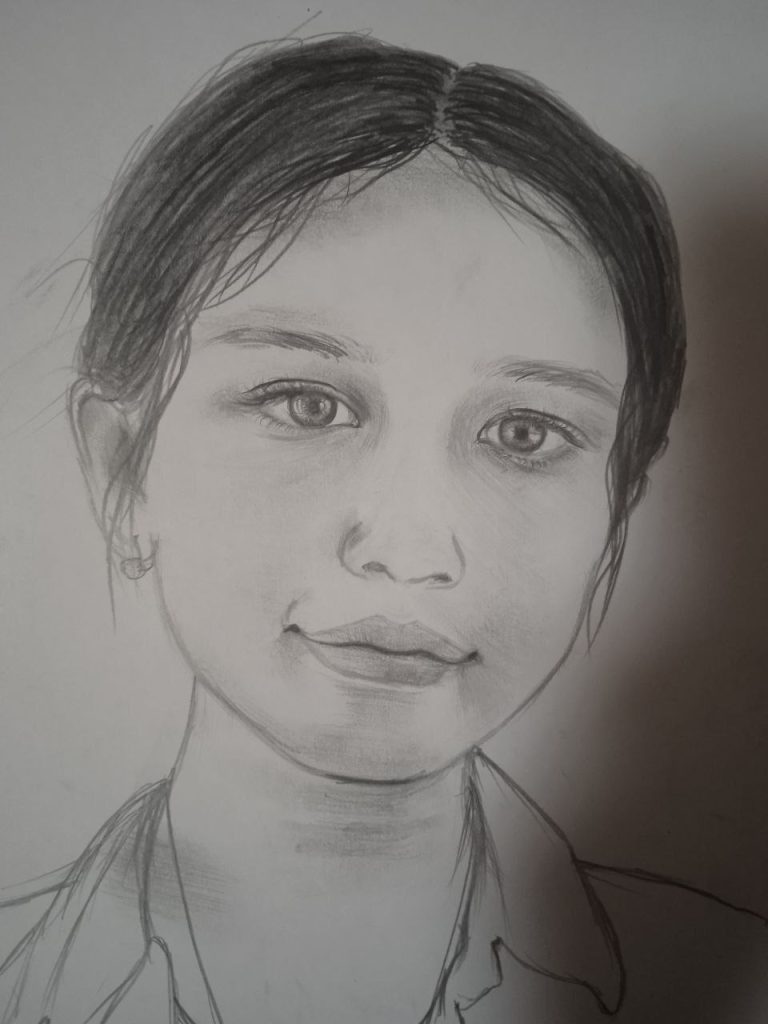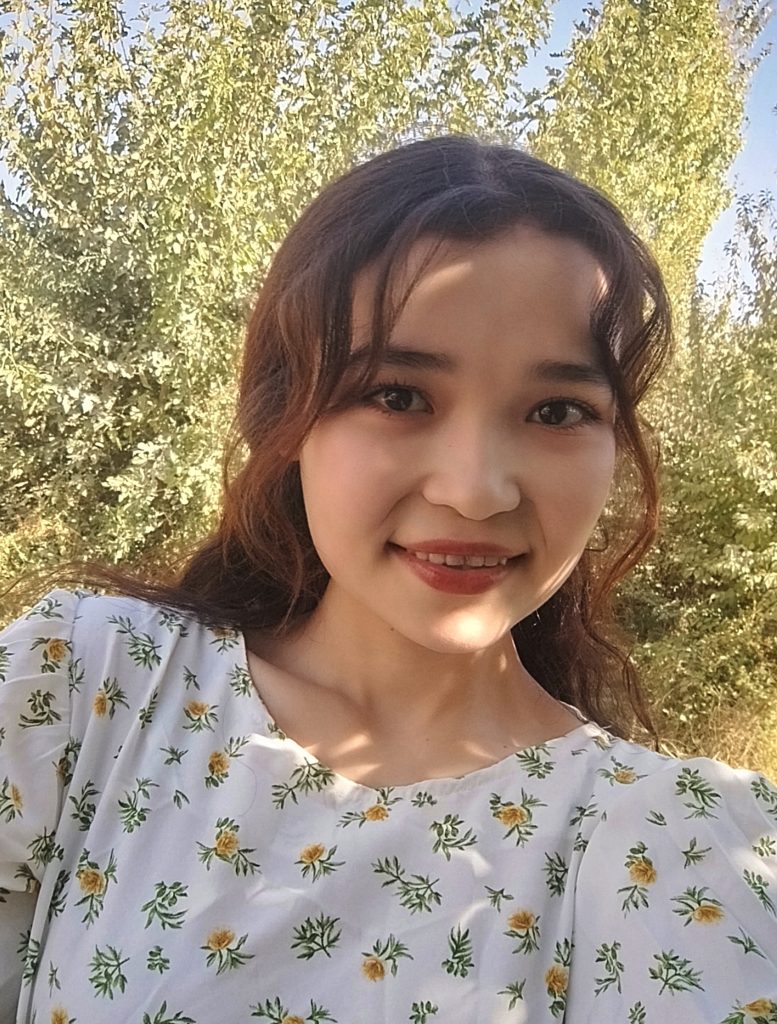
In the Play “My First Ex-Husband” Ex-Wives Discover Their Superpower
Joy Behar exposes marital complexities with caustic & hilarious wit currently touring at a city near you…
By Jacques Fleury
Joy Behar, legendary comedienne and co-host of The View, gives us an intrepid and authentic adaptation of true stories with serrated comicality–minus any sort of politically correct filters. The play is an introspective of the often-muddled hysterical realities of love, sex, and relationships. Whether you’re joyfully united, guardedly devoted, or considering altering the locks, relationships are intricate—and collectively associable. These stories could be all our stories, except wittier. The basic premise of the show is every weekend, an ensemble of four stars from theatre, television, and film join the show, bringing their inimitable dispositions to voice these tales that may be uncannily familiar to you or someone you know. Shocking yet profoundly germane to the times, this show will reverberate with anyone who has piloted the tempestuous and often prickling seas of love. In addition to other titillating surprises, the show contests and questions ideologies of patriarchal authority, blind loyalty, self-esteem, physical and psychological abuse, gaslighting, subservience, physical and emotional constraints, lack of respect and more…The play showed to sold out crowds at the Huntington Calderwood at the Boston Center for the Arts in September of 2025 and will resume touring possibly in a city near you. According to the My First Ex-Husband website pending performances will at the following cities: Florida, California, Washington, Colorado, Texas, Connecticut and more…
“The stories are very relatable,” utters playwright Joy Behar. “Even if you never got a divorce, you still have problems with in-laws…or sex, or kids, or money… Marriage is a work in process all the time.” Behar was emphatic about how “true” the ex-husband stories are but said that they were admittedly tweaked for dramatic effects…A touchy yet facetious aspect of the play was when members of the “Ex-Husband” ensemble related tales of how their husbands used to cause them to feel insecure by poking fun at their weight, or “subtly hinting” that they need to improve their appearances to fit their husband’s standards of beauty. The fat jokes scored big and landed like a hilarious thud with audience members.
My First Ex-Husband is a visceral emotionally charged experience that explores and shatters any preconceived notions of marital uniformity. It extrapolates on the gradations, conceptions and misconceptions of marriage lore. With her signature brand of dynamic caustic and facetious wit, Joy Behar “brought it” to the Calderwood Pavilion stage at Boston Center for the Arts along with three of her equally funny female cohorts: Veanne Cox, Judy Gold, and Tonya Pinkins.
When you are embarking on the often symbiotic and potentially precarious journey of marriage, the core of you are could pose as a barrier or asset depending on who you married and your ever evolving marital circumstances. The play “My First Ex-Husband” can serve as a cautionary tale when entering marriage or any type of relationships in your lifetime. Times Square Chronicle declares that My First Ex-Husband “appeals to men, women, and anyone who has ever been in a relationship.” And I couldn’t agree more…
We are entering the dawn of a post “Me Too Movement” era, where women find personal freedom to discover their own versions of their authentic selves while redefining their own notion of beauty, not what their husbands or patriarchal society’s vision of what they think beautiful should be… In the grand scheme of things, I think until you get to know yourself and find out what your source of power is, you’ll be disconnected from the world hence you would only be moved by external circumstances, not discovering that you’re the one who makes things happen. In “My First Ex-Husband,” the women discover not only that their super power is self-love and self-respect but also that “true love” is one that frees not imprisons.
“My First Ex-Husband” has prodigious comic timing and socially conscious substance suitable to the times… A witty, emotionally charged and colorful artistic theatrical brush stroke of daring dramedy! I give this in-your-face smartly premeditated rumpus a 5 out of 5 stars!

Jacques Fleury is a Boston Globe featured Haitian-American Poet, Educator, Author of four books and literary arts student at Harvard University online. His latest publication “You Are Enough: The Journey to Accepting Your Authentic Self” & other titles are available at Public Libraries, the University of Massachusetts Healey Library, Wyoming University, Askews and Holts in the United Kingdom, The Harvard Book Store, amazon etc. His works appeared in publications such as Wilderness House Literary Review, Muddy River Poetry Review, Litterateur Redefining World anthologies out of India, the Cornell University Press anthology Class Lives: Stories from Our Economic Divide among others. Visit him at:http://www.authorsden.com/jacquesfleury





